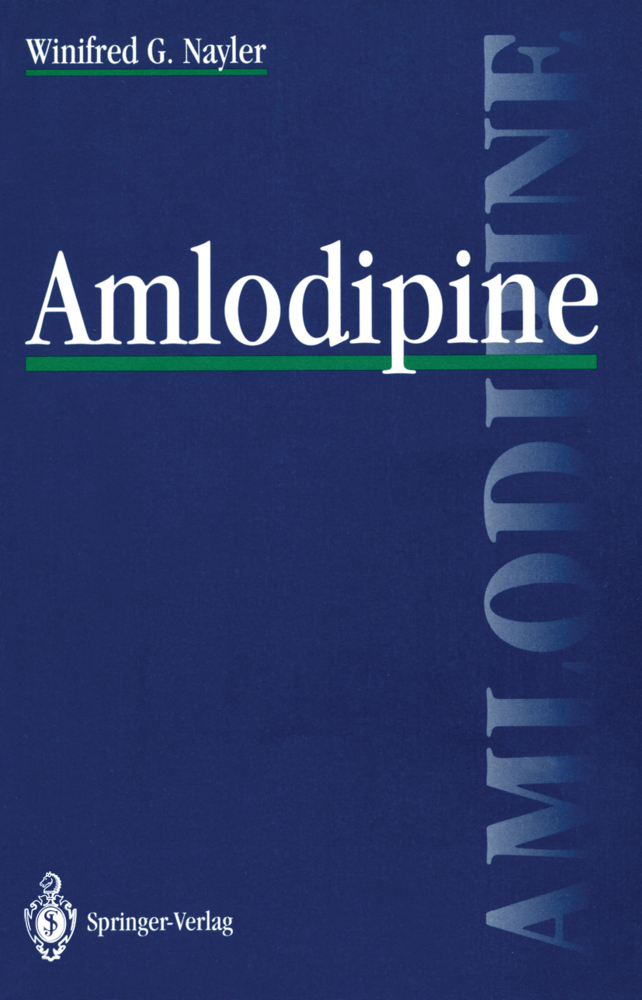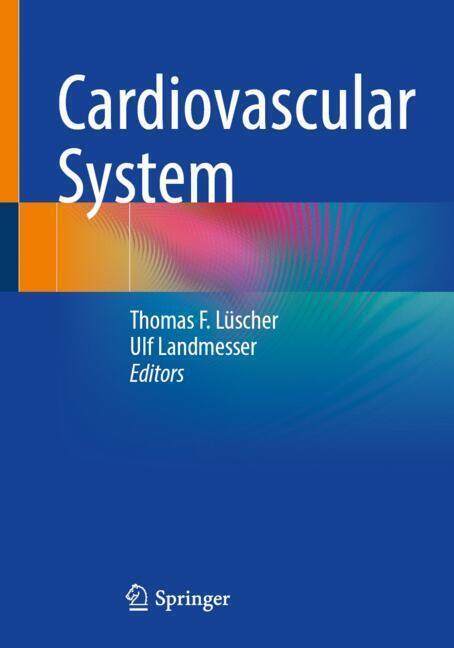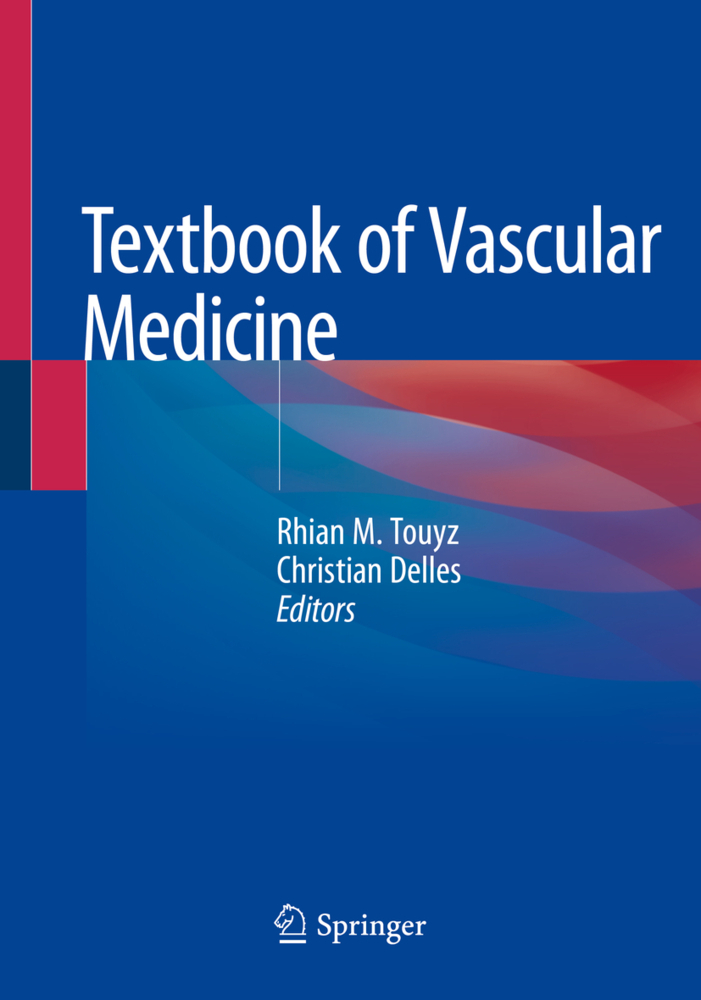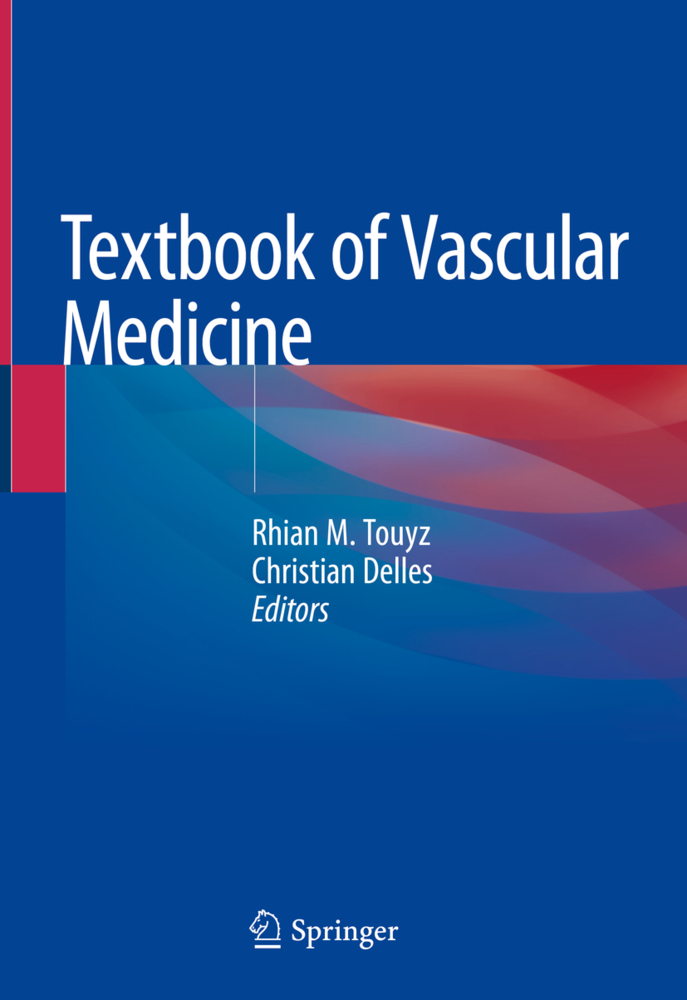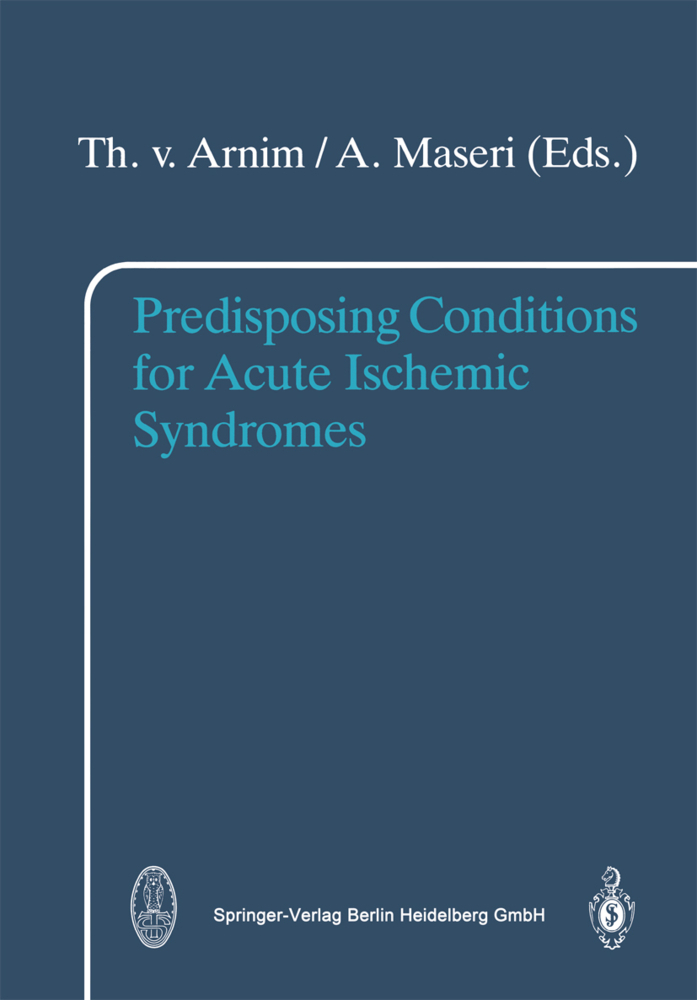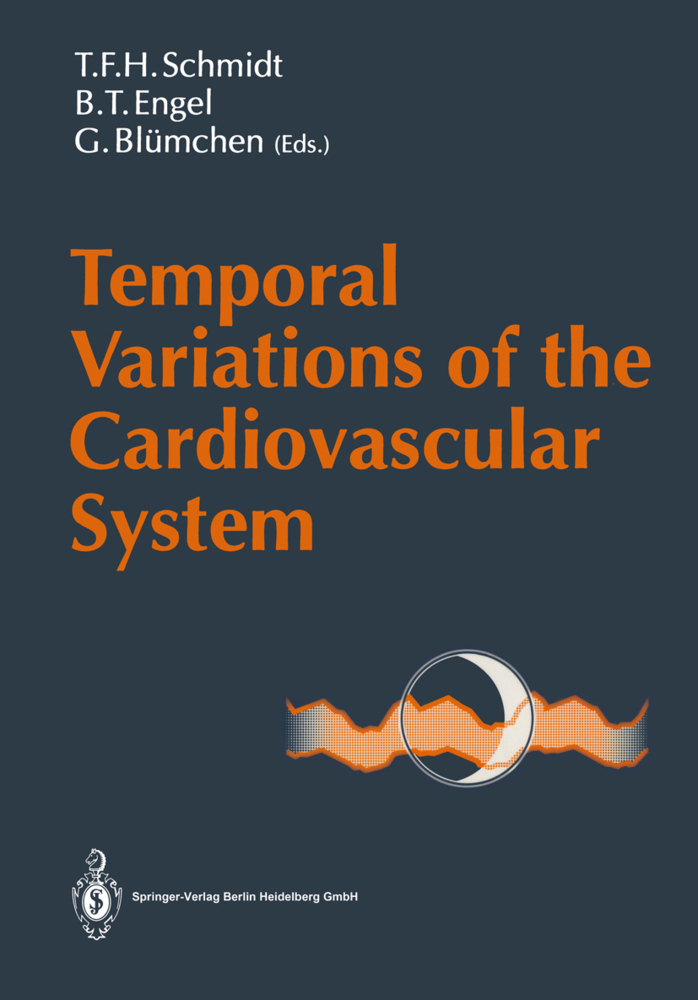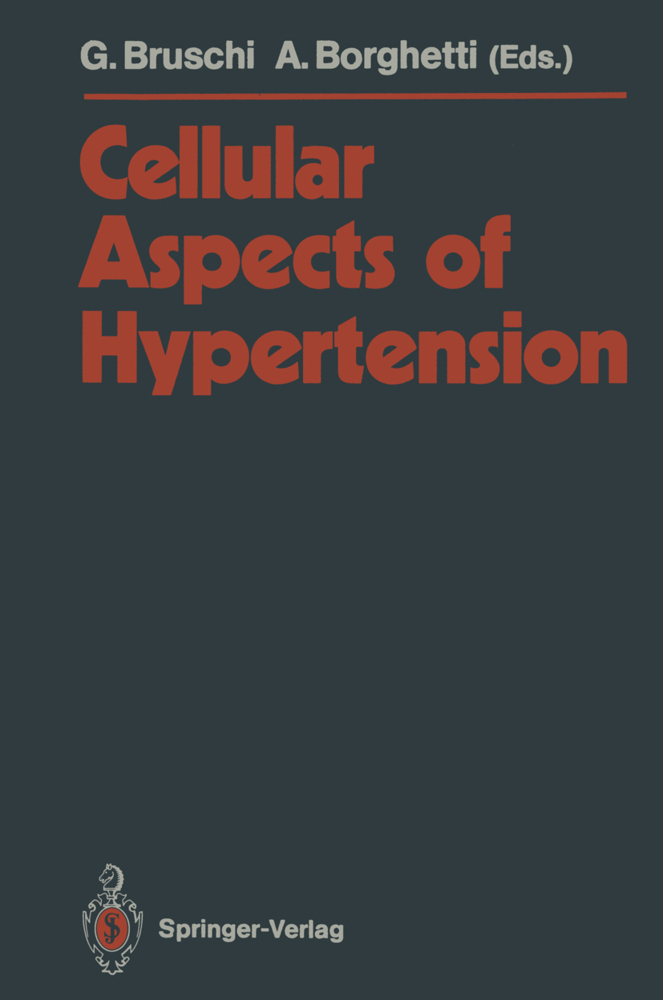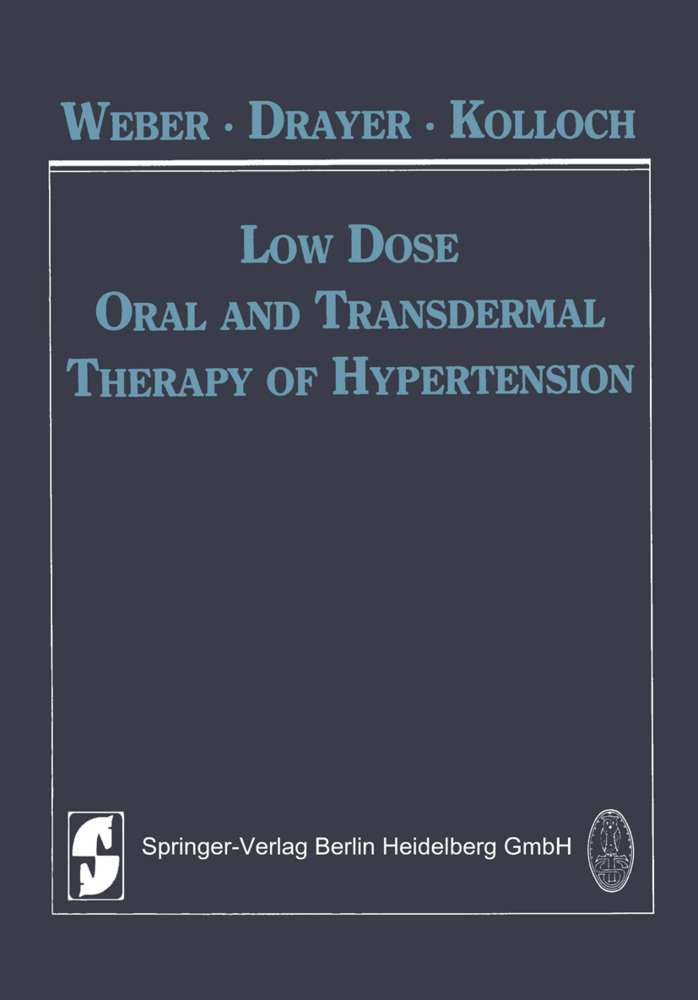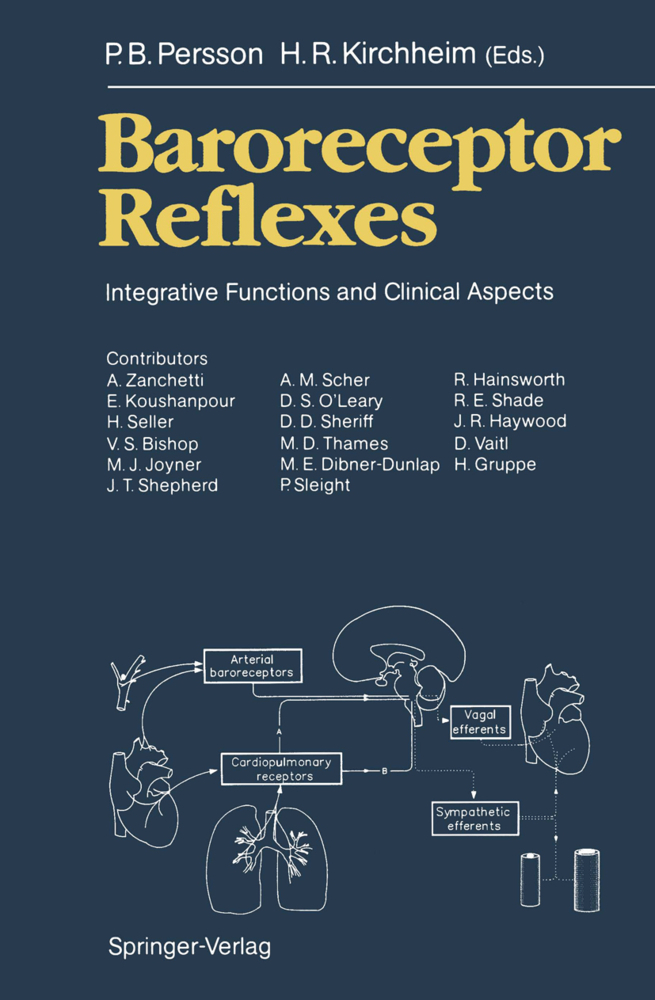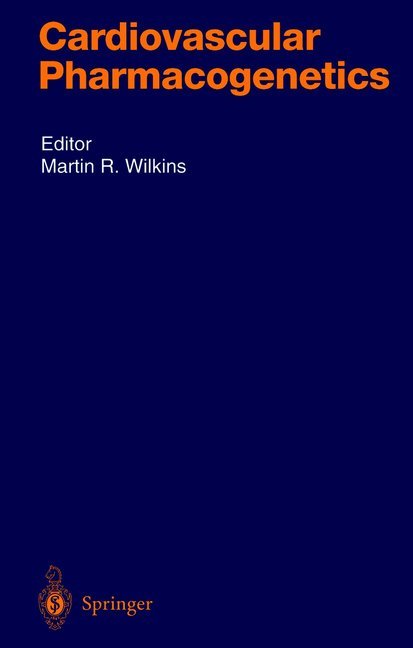Amlodipine
Amlodipine
"Those who choose to increase their knowledge still further by reading ... will discover an exciting new world. " NOEL WHITTAKER, in "Making Money Made Simple" 1989. The development of calcium antagonists has recently been described as representing "one of the major advances in cardiovascular thera peutics of the latter half of the twentieth century" (Braunwald, 1990). However, although the development of these drugs started in the mid nineteen sixties it is only recently that their real potential has begun to be appreciated. Even now the calcium antagonist saga is not complete, since new compounds continue to appear and new therapeutic applica tions emerge. Based on the experience gained in the clinics in which these drugs have been used recognition is being given now to the need to improve upon the prototypes of the group. Such improvement is resulting in the development and production not only of long-acting formulations of the prototypes (nifedipine, verapamil and diltiazem) but also of new calcium antagonists with improved tissue selectivity, potency and duration of action. To those of us who are interested in this field such a development is both exciting and rewarding. As far as the clinicians who prescribe these drugs are concerned the long-acting nature of some of the newer calcium antagonists should make the satisfactory management of their patients an achievable goal.
3. Cell Membrane Transport
4. The Voltage-Activated, Calcium Antagonist-Sensitive Calcium Channels: Their Structure, Composition and Calcium Antagonist Binding Sites
5. The Chemistry of the Calcium Antagonists
6. Amlodipine - A Long-Acting Second Generation Calcium Antagonist With an Unusual Binding Profile
7. The Pharmacokinetic Properties of Amlodipine
8. The Vascular Selectivity of Amlodipine
9. Conditions Which Affect the Pharmacokinetic Profile of Amlodipine
10. Calcium Antagonists and the Kidney
11. Calcium Antagonism and the Ischaemic Heart: Is Calcium Antagonism Relevant?
12. Calcium Antagonists and the Stunned Heart - Are Vascular Selective Antagonists Protective?
13. Amlodipine and the Hibernating Myocardium: Could it be Beneficial?
14. Calcium Antagonists and the Treatment of Hypertension
15. The Antiatherogenic Potential of the Calcium Antagonists, Including Amlodipine
16. Amlodipine and the Coronary Circulation: Is it a Useful Antianginal Agent?
17. Calcium Antagonists and Heart Failure
18. The Side-Effects of Calcium Antagonist Therapy. Is Amlodipine Different?
19. The Future of Calcium Antagonism
References.
1. The Calcium Antagonists: Are Different Drugs Needed?
2. Calcium and Its Relevance to Biological Systems3. Cell Membrane Transport
4. The Voltage-Activated, Calcium Antagonist-Sensitive Calcium Channels: Their Structure, Composition and Calcium Antagonist Binding Sites
5. The Chemistry of the Calcium Antagonists
6. Amlodipine - A Long-Acting Second Generation Calcium Antagonist With an Unusual Binding Profile
7. The Pharmacokinetic Properties of Amlodipine
8. The Vascular Selectivity of Amlodipine
9. Conditions Which Affect the Pharmacokinetic Profile of Amlodipine
10. Calcium Antagonists and the Kidney
11. Calcium Antagonism and the Ischaemic Heart: Is Calcium Antagonism Relevant?
12. Calcium Antagonists and the Stunned Heart - Are Vascular Selective Antagonists Protective?
13. Amlodipine and the Hibernating Myocardium: Could it be Beneficial?
14. Calcium Antagonists and the Treatment of Hypertension
15. The Antiatherogenic Potential of the Calcium Antagonists, Including Amlodipine
16. Amlodipine and the Coronary Circulation: Is it a Useful Antianginal Agent?
17. Calcium Antagonists and Heart Failure
18. The Side-Effects of Calcium Antagonist Therapy. Is Amlodipine Different?
19. The Future of Calcium Antagonism
References.
Nayler, Winifred G.
| ISBN | 978-3-540-56698-4 |
|---|---|
| Medientyp | Buch |
| Copyrightjahr | 1993 |
| Verlag | Springer, Berlin |
| Umfang | 277 Seiten |
| Sprache | Englisch |

